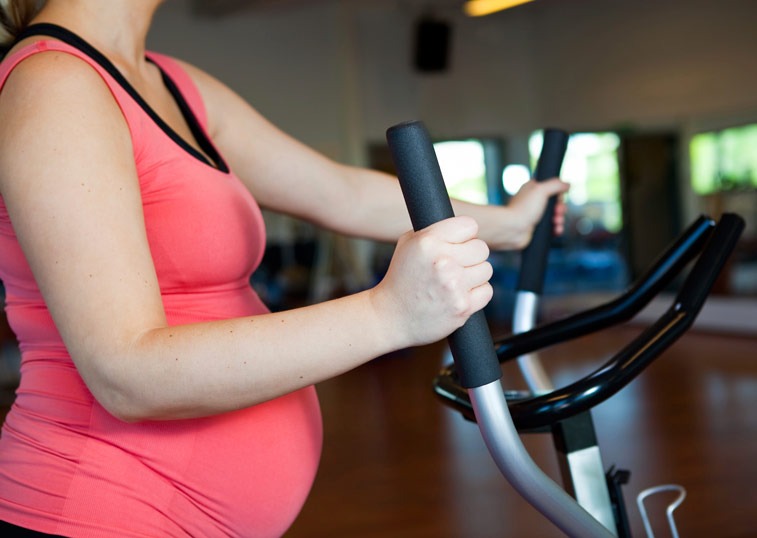When you walk into the gym do you have a plan? Do you know your weights from the last session or do you just go on whim? Having a plan and logging your training will help you progress closer to your goals than without, no doubt.
If you exercise for “general” health and fitness, feel free to leave this page and head to Zumba class. However, if you’re looking to get bigger, faster, and/or stronger, grab a glass of water and stay a while.
WHAT TO RECORD
- Date
- Exercises
- Weight lifted
- Sets / reps
- Tempo
- Rate of perceived exertion
- Additional notes (optional)
IN THE NAME OF GAINZ
Date it. You’ll need to know the last time you performed that workout so you can ensure you won’t go too long without a repeat. I’ve never put the time of day in my log but that’s something you may want to consider, as you may notice that you perform better at certain times over others.
For anything to work you’ll need a plan. Make sure to have your programs ready to go so all you’ll have to do is fill in the weight and repetitions. Having a set plan is advantageous for obvious reasons. One not so obvious reason is the fact you can mentally prepare and visualize the upcoming session.
OTHER POINTS TO CONSIDER
Tempo:
Tempo refers to the rate at which you move the weight. It is comprised of four stages – the eccentric phase (muscles lengthen); pause at bottom; concentric phase (muscles shorten); pause at top. It is shown like so – 2:1:1:1 (biceps curls example: 2 seconds to lower, 1 second pause at the bottom, quick 1 second lift with a 1 second squeeze at the top). This will be important in programs that use time under tension or slow eccentrics. Whether or not you choose to record it is up to you – but tempo is something you should be thinking of either way. SLOW DOWN POWER UP.
Rate of perceived exertion (RPE):
The RPE/ Borg scale is strange in the sense it goes from 6-20. 6 being no exertion and 20 being maximal exertion. That’s because it’s correlated with heart rate, 60-200 BPMs. To keep it simple I just ask my clients how they feel on a scale from 1-10. It’s another way to indicate both progress and weakness within your abilities. Personally, I take notes on how I feel that day and specific weaknesses and/or strengths I notice after certain exercises. This will help me when creating future programs and allow me to train smarter.
Additional notes:
When listing your exercises its also necessary to take into account such things as stance, body positioning, and grip style. These will all affect the number of reps and/or weight used and will differ from their relative variations. For example, I know I can do 6 strict chin-ups (underhand/close-grip), but I can barely complete 1 strict pull-up (overhand/wide-grip).
You may also want to take into account how you feel that day; the number of hours you slept the previous night; and current mood or mindset. Remember; reaching your goals isn’t a linear path. Your success graph will have ascends and descends but the BIG picture will depict a slow but steady climb to the top; if, and only if, you stay consistent and positive. Oh, and work your ass off.
How to set it up:
There are hundreds of free programs available online, selecting one that coincides with both your goals and current level of fitness will be optimal. Some websites have plans and templates ready to print to make things even easier for you. Feel free to e-mail me though if you ever need any help.
Finally, whether or not you print it out or write it out; keep it in a (water proof) journal or binder and have it in order! Organization keeps me sane anyways and I have kept all of my training logs since I began taking this stuff seriously 10 years ago. Its awesome to look back and see my progression as well as my past training styles/programs.
Look at your plan in the gym, not your cell phone.
Keep moving.







Leave a reply to James Cancel reply